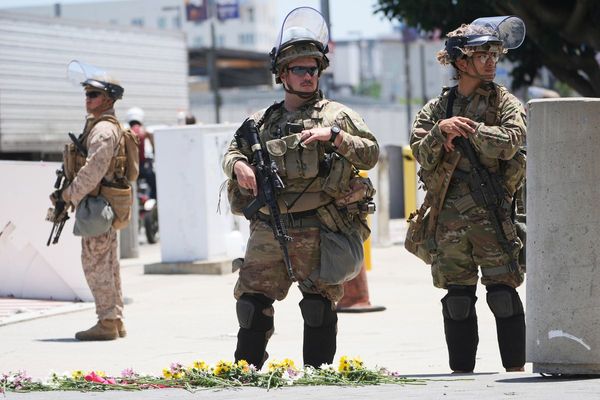The remote Faroe Islands, a dramatic North Atlantic archipelago, are increasingly attracting adventurous travellers, yet their breathtaking beauty conceals dangers.
This self-governing Danish territory, famed as the dramatic backdrop for James Bond's final scene in 'No Time to Die,' has recently seen three tourists vanish over two days in September. Their last known locations were near a well-known waterfall that plunges into the sea, prompting a stark warning from a local staffer: "Be careful. Come back."
The islands' landscape, characterised by crumbling cliffs, sudden gale-force winds, and hillsides so steep even sheep can tumble, presents considerable risks for those prone to vertigo, seasickness, or a fear of enclosed spaces. Despite these hazards, the Faroes are experiencing a surge in visitors drawn by bird-watching, unique culinary experiences, and the appeal of "coolcations" as global temperatures rise.
Unlike the islands' sure-footed residents, who have historically navigated mountain passes and rocky shores with ease, many tourists are unprepared for the environment. Locals possess an innate understanding of when to avoid unprotected cliffside hiking trails and how disorienting the sudden, dense fogs can be, knowledge crucial for safe exploration of this wild terrain.
“When you make a mistake here, nature usually wins,” a food truck vendor at one popular site said.
It’s easier than ever to learn that lesson while exploring the Faroe Islands, which for now are largely free of the zip-lined commercialisation of one of its nearest neighbours, Iceland.
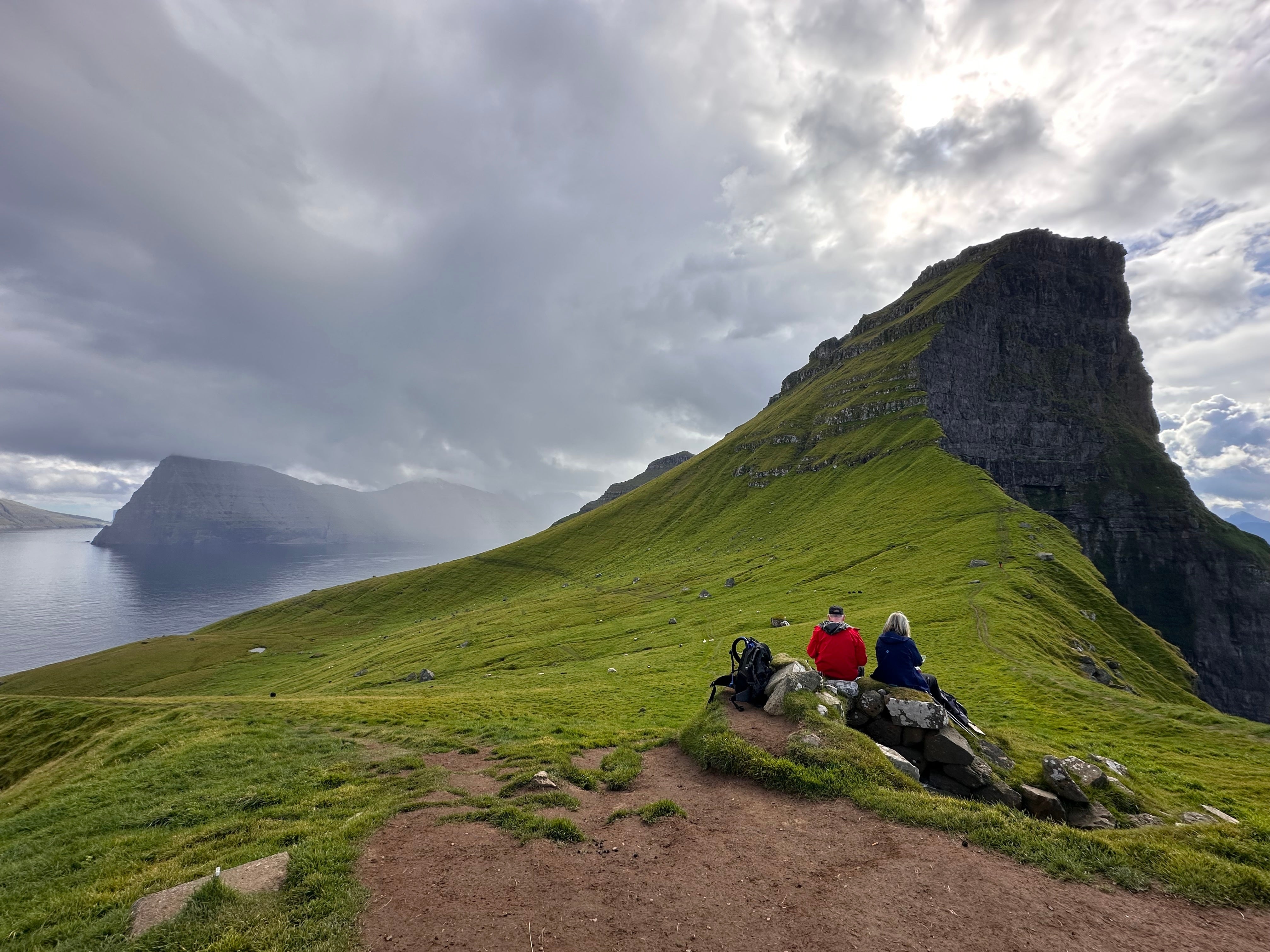
A growing network of undersea tunnels, including what’s called the world’s first undersea roundabout, are helping to link the 18 islands. Rugged isolation is giving way to smooth highways, and Airbnb has hundreds of listings among a population of over 50,000 people.
A new co-chairmanship of the Arctic Council is bringing more global visibility, along with a stunning run toward its first football World Cup.
Here’s what to know about visiting.
The weather above all
Be ready for anything, especially when hiking. At some point, it will rain. Strong winds can pick up quickly, and fog can be disorienting.
“Stormcation,” the Visit Faroe Islands site declares, but adds: "Ferocious wind can overturn cars, fling bicycles, wheelbarrows — and sheep — or anything else that’s not anchored down.”
The Landsverk local authority has weather cams on its site, and so does FaroeIslandsLive. The official Visit Faroe Islands site has detailed advice on safe travel, as locals are aware that people can slip off trails into the sea – and sometimes do.
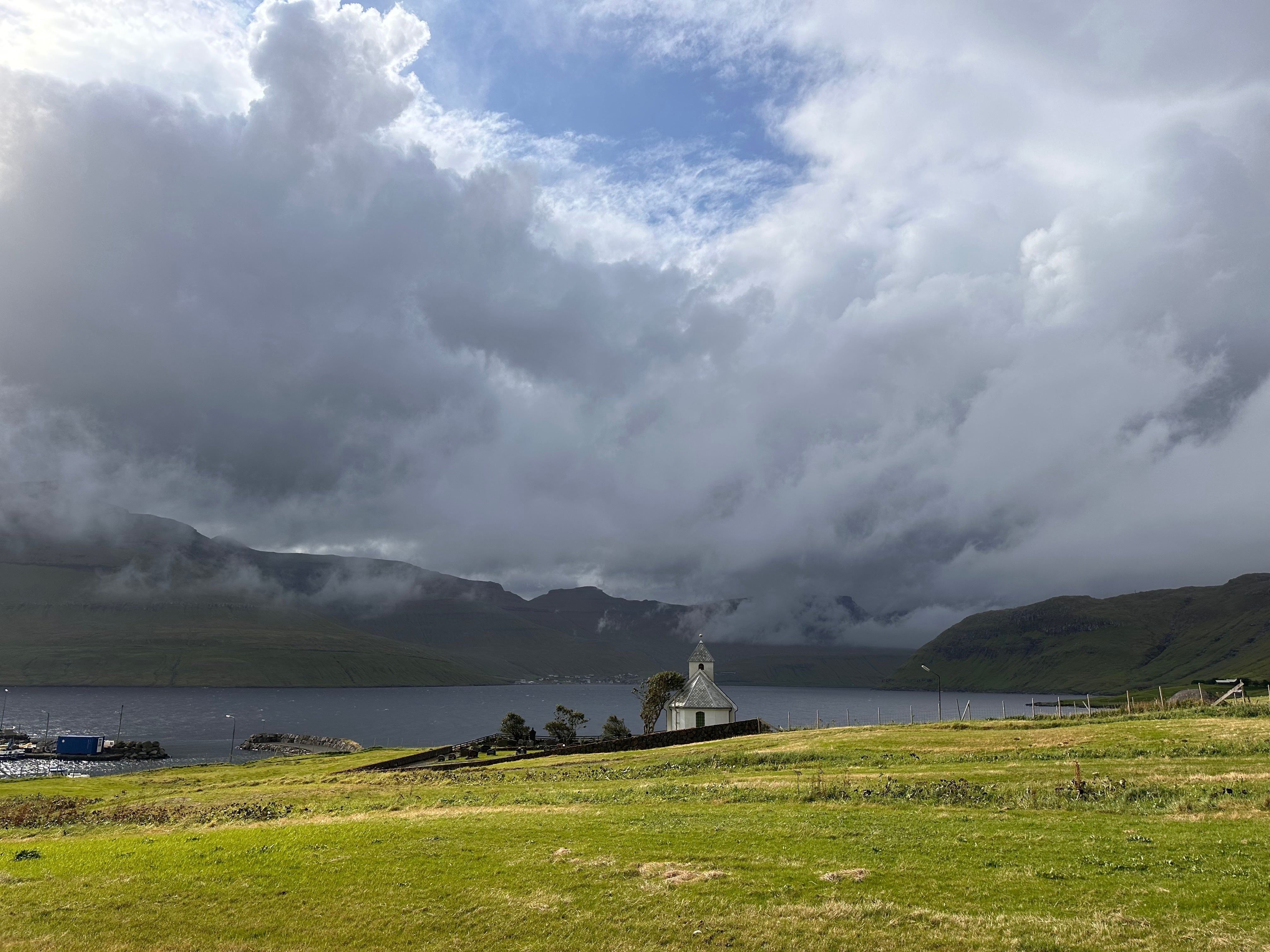
“I will take photos to die for, without dying for them,” says a tourist-focused flier called “The Faroese Pledge” on the library door in the village of Fuglafjordur.
Trails marked as suitable for children may not be. Keep in mind that hiking times and difficulty levels have been estimated by locals. A few of the most heavily traveled routes ask for a fee. The popular hike to the Kallur lighthouse on Kalsoy Island is about $30. Do not miss it.
Undersea tunnels, upper-tier fees
It’s best to explore with a rental car for more flexibility. Public buses are available to many locations, but timetables are limited. They are available at the Strandfaraskip site. Multi-day travel passes can be purchased at the airport’s visitor centre.
The Faroe Islands now have four undersea tunnels linking a few of the most visited islands, but prepare to pay. Fees range from over $15 for a round trip to over $27 one way. Plan day trips accordingly. Fees are paid to the rental car company at the end of a visit.
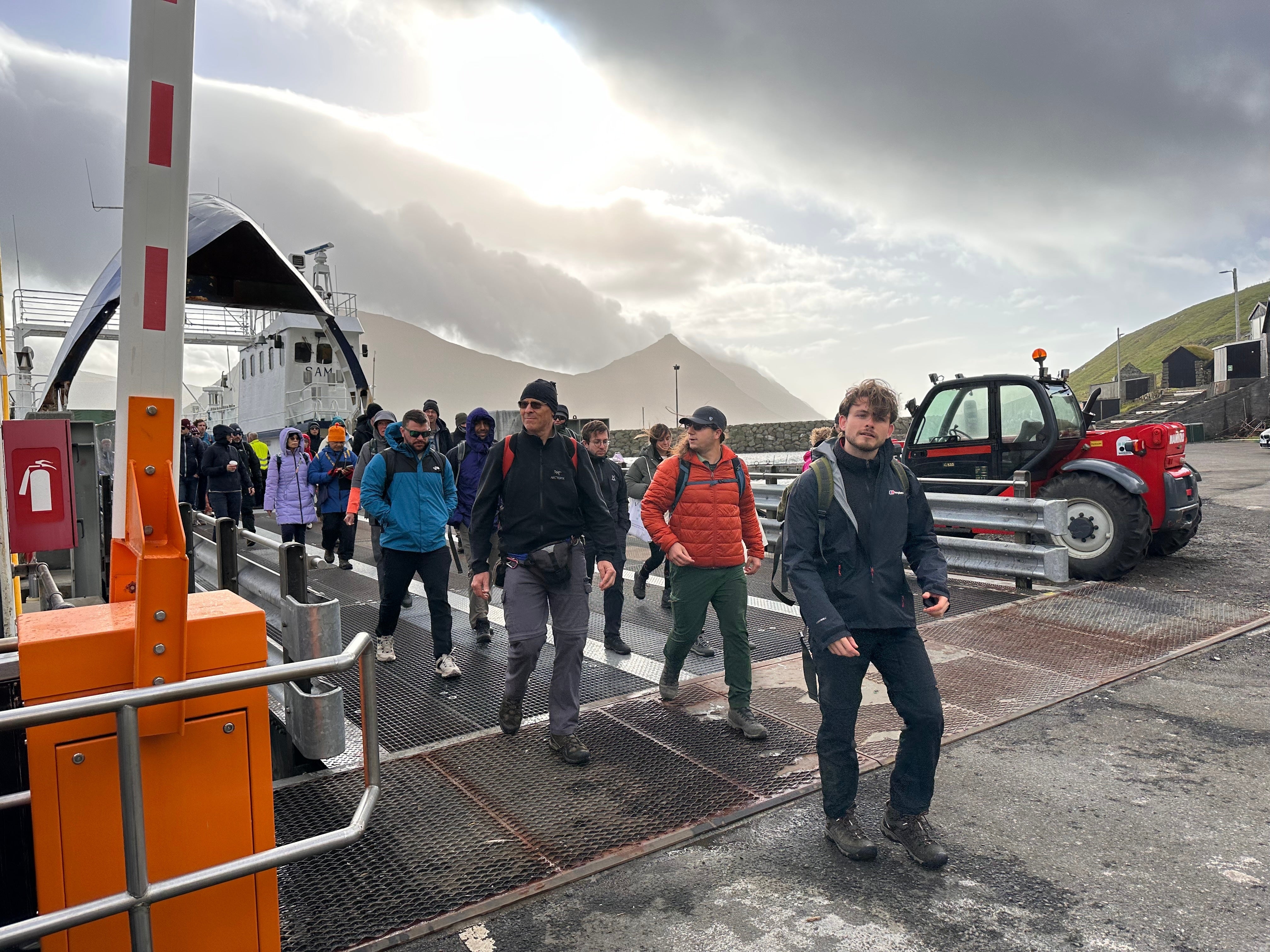
On land, some of the older tunnels are single lanes with designated passing areas. Some of the scenic “buttercup” routes are single lanes as well. Guardrails are not always present.
On one stretch of road leaving the community of Tjornuvik, a signal has been installed to limit traffic to one direction at a time along the well-battered guardrail above the sea. Tourists don't know how to reverse, residents said.
‘Closed for maintenance’
Authorities are trying to both encourage tourism and protect the Faroe Islands from it. A yearly “closed for maintenance” program began in 2019, with volunteers from around the world chosen to help with anti-erosion efforts, path upkeep and other work. The national museum later launched a project to protect lands and biodiversity.
And this year, the tourism office introduced self-navigating tours that steer visitors from the churned-mud trails of the most popular spots to lesser-known areas.
Tour routes are revealed online as you go along. One sends users to a seaside village that hosts a popular music festival, followed by a tiny botanical garden, a fjord-side memorial to a deadly shipwreck and a small forest plantation enjoyed by Faroese on the otherwise treeless islands.
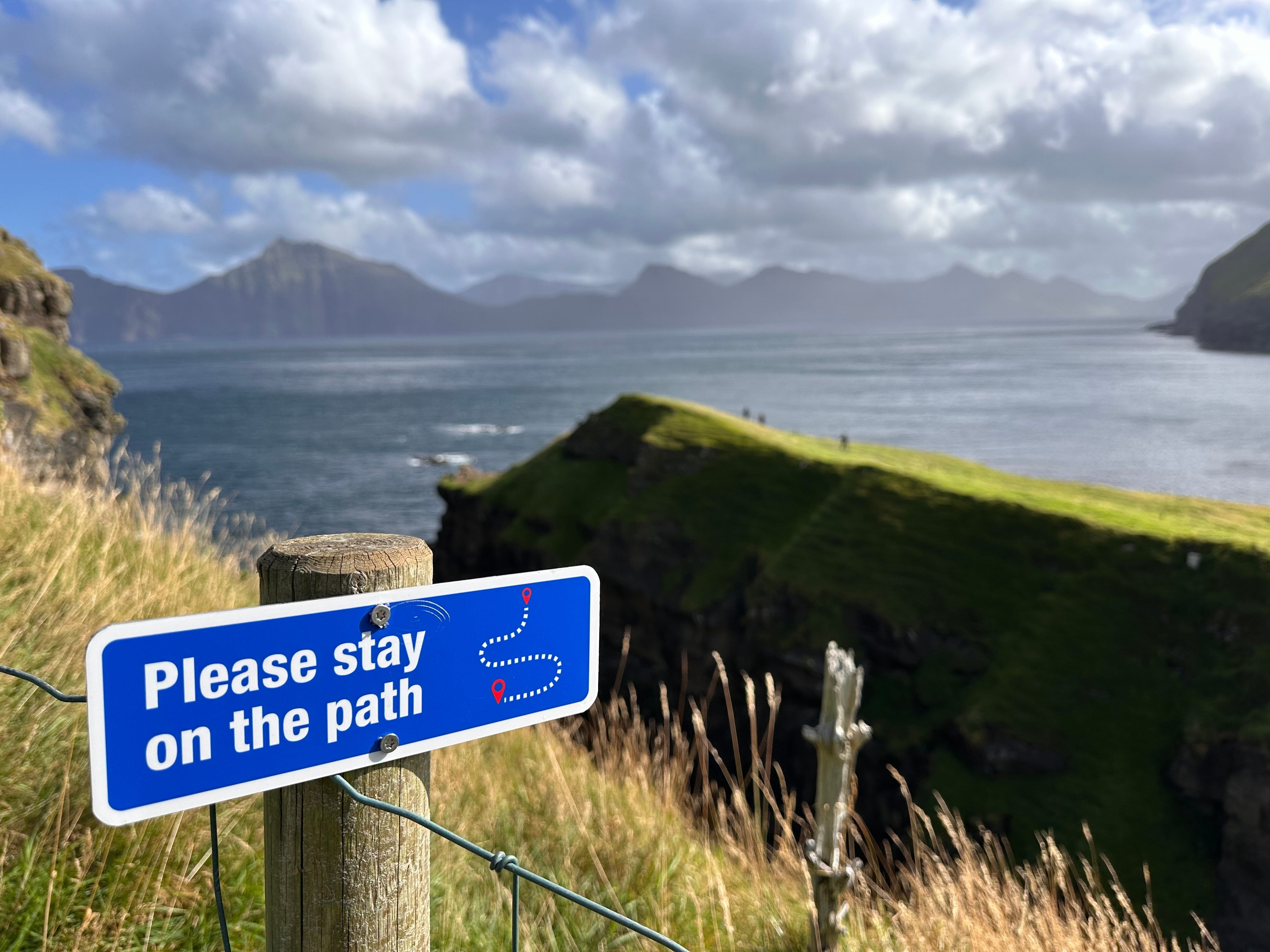
The last leg was along a one-lane road that at times had no guardrail between its lack of shoulder and the drop to the sea. Sheep walked along one stretch, another reason for visitors to stay alert in the stunning surroundings. (There's a police number to call if a driver hits one.)
Visitors who love the outdoors can easily spend a week in the Faroe Islands cycling, fishing, trying an emerging sauna scene, eating sushi from locally farmed salmon and shopping for newly knitted wool sweaters. In the summer, boat tours include music concerts inside a sea cave or puffin-watching.
Winters are fierce — a ferryman said a storm two years ago ripped the roof from an old house next to the AP's seaside rental cottage in Sydradalur — but interest in the islands is starting to extend the peak tourist season into October.
Mind the sheep, and other details
Villages, especially in the wilder northern region, can have just a handful of residents. There are few tourist-focused businesses outside the capital, Torshavn, but the village of Gjogv has a welcoming guesthouse and cafe, and the village of Fuglafjordur has a charming main street and visitors' centre. English is widely spoken and displayed.
And mind the guidance, even scolding, that some Faroese have posted for tourists who overstep.
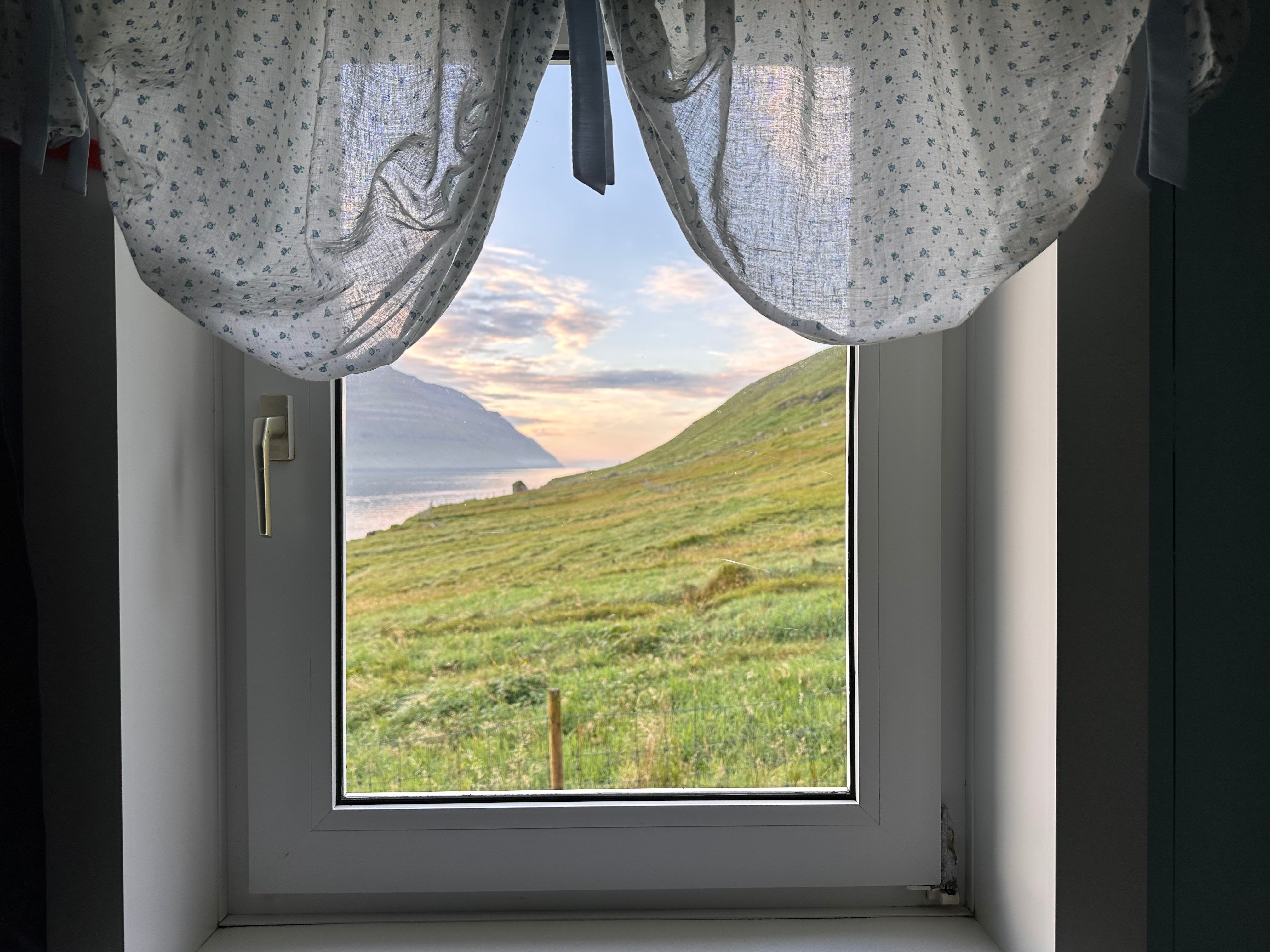
“Due to unmannerly behaviour and lack of quietness on the graves, the cemetery is closed,” said a sign on the church in the village of Saksun.
“Do not wash your shoes in the sink!” said a sign at the ferry stop on Kalsoy island. A worker at the island's unexpected Thai restaurant — a sign of the small but growing migrant population — estimated that about 200 tourists a day came to a much-photographed lighthouse there this summer.
The official Visit Faroe Islands doesn't hold back, either, as it balances the appeal of growing tourism with the responsibility of warning travellers. Finding equilibrium is a long practice in the nation whose fishing-dominated economy requires cordial ties with a range of countries including Russia and China.
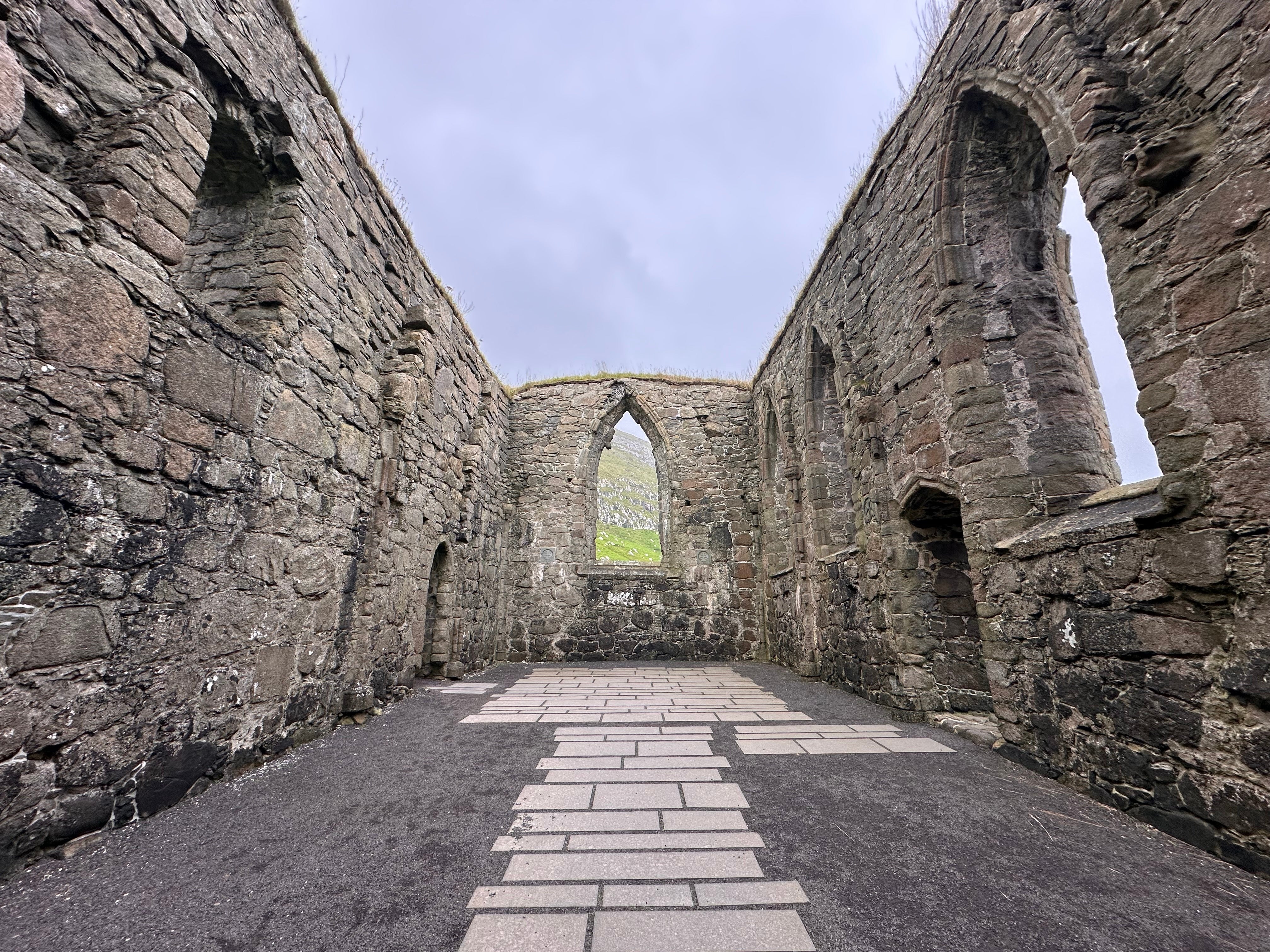
The need for cash is almost nonexistent. The AP used it once, for a coin-operated shower in one of the public restrooms often found at camping locations or tourist-frequented villages. Pay with cards and phones.
Food is expensive, as most of it is imported.
Drone use is restricted. The Visit Faroe Islands site has details.
Don’t bother the sheep. Call the police if you hit one.




